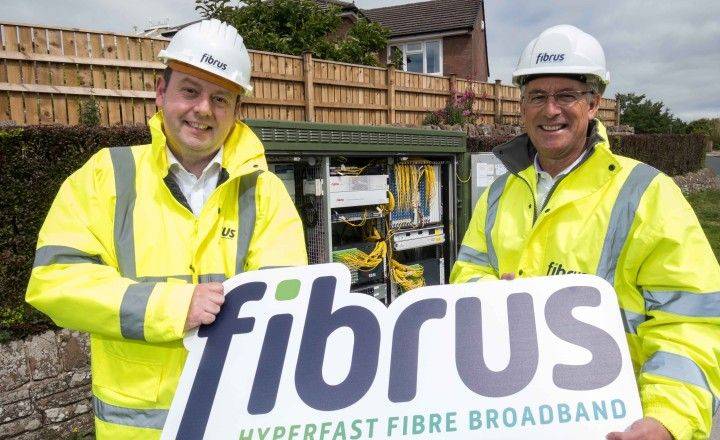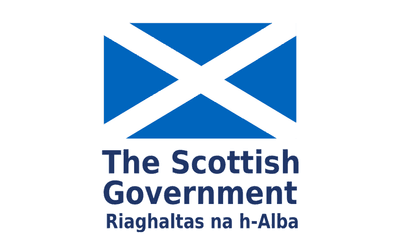Fibrus boss says outdated rules are driving up the cost of rural broadband
Speaking at the Connected Britain event, Conal Henry said the way alternative networks (altnets) are charged for using Openreach’s existing ducts and poles (known as Physical Infrastructure Access – PIA) is “disproportionately impacting rural areas.”
Fibrus at a glance
- 440,000 premises now covered in Northern Ireland and Cumbria.
- 125,000 customers connected, up from 113k in March 2025.
- Backed by £893m investment, including £373m in public funding through schemes like Project Stratum and Project Gigabit.
The PIA problem
PIA allows rival networks to share Openreach’s ducts and poles rather than digging their own trenches. In theory, this saves money and speeds up builds. Openreach describes PIA as “cheap as chips” and says 175 builders already use it.
But Henry argues the pricing model is unfair to rural builds. Altnets are charged per metre, which means costs skyrocket in the countryside where homes are far apart:
- Urban homes average 10m apart.
- Rural homes average 200m apart.
- Result: rolling out fibre in rural areas can be 20 times more expensive than in cities.
He also said Fibrus contributes 12% of Openreach’s PIA income despite only serving 0.3% of UK premises.
Henry’s message was clear:
“The current model is stifling investment, creating an uneven marketplace and making it harder for providers like ours to connect more homes. Ministers and Ofcom could solve this tomorrow — reducing the need for subsidies and giving rural consumers more choice.”
The wider debate
It’s long been accepted that rural broadband costs more to deliver. Openreach also faces the same challenges of long distances and sparse populations, but unlike altnets, it owns the infrastructure and can offset costs across its huge customer base.
Ofcom sets PIA prices, not Openreach, and they’re designed to encourage new entrants like Fibrus. However, other altnets have also called for fairer pricing, arguing that today’s rules still favour the largest operators.
Ofcom is currently finalising its Telecoms Access Review 2026, which will set the rules for the next five years. So far, proposals suggest only small tweaks, rather than radical reform.
What it means for rural customers
For now, government funding through Project Gigabit remains essential to bridging the gap. Without it, rural areas risk being left behind in the push for nationwide full fibre by 2032.




